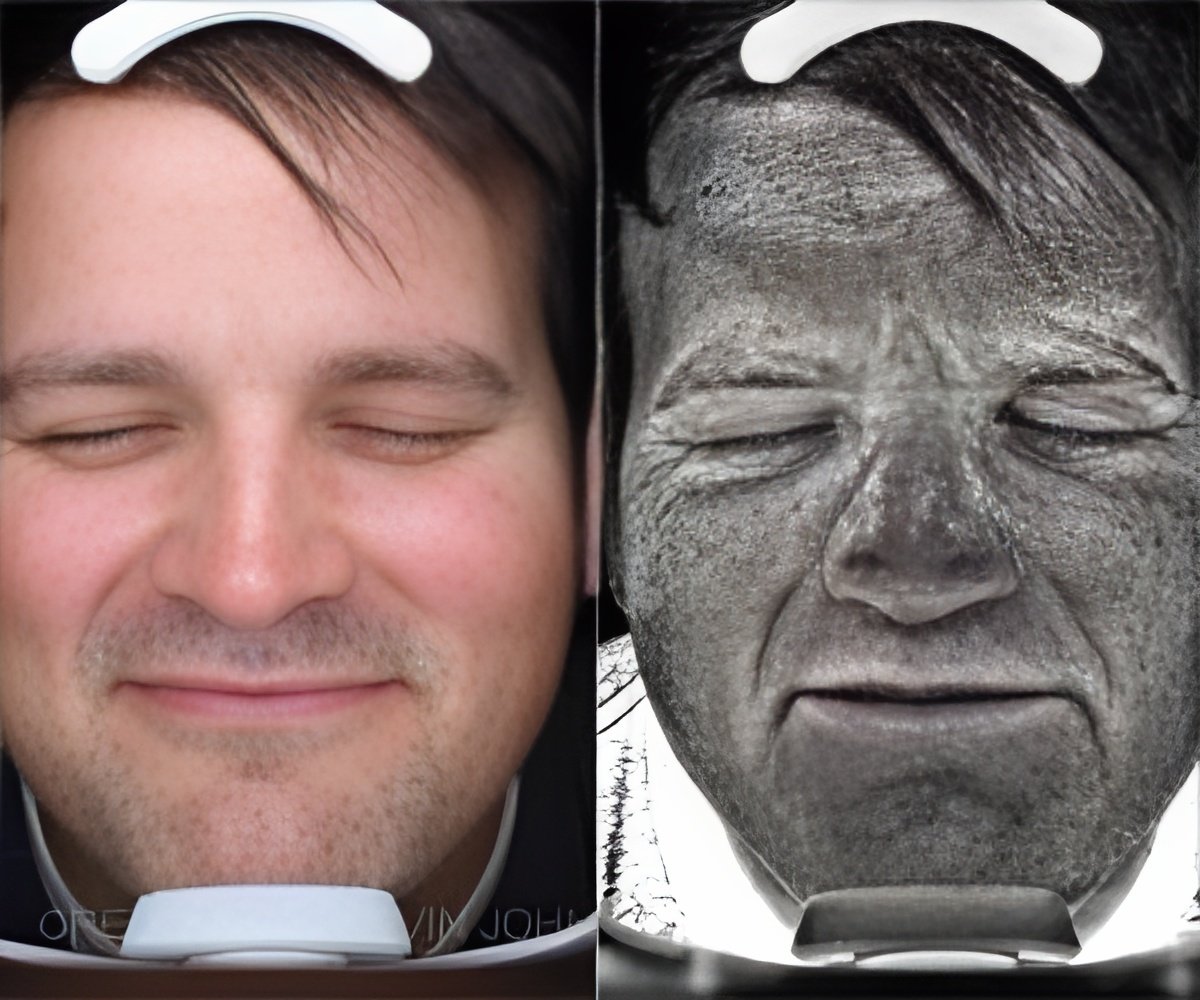
‘No study, to our knowledge, has prospectively investigated a dose-response association between lifetime indoor tanning and risk of cutaneous squamous cell carcinoma.’
Read More..Tweet it Now
Importance No study, to our knowledge, has prospectively investigated a dose-response association between lifetime indoor tanning and risk of cutaneous squamous cell carcinoma (SCC). Read More..
Objective To investigate the dose-response association between lifetime indoor tanning and SCC risk, the association between duration of use and age at initiation with SCC risk, and the association between age at initiation and age at diagnosis.
Design, Setting, and Participants This cohort study included data from women born from 1927 to 1963 from the Norwegian Women and Cancer study, established in 1991 with follow-up through December 31, 2015. Baseline questionnaires were issued to participants from 1991 to 2007, with follow-up questionnaires given every 5 to 7 years. Data analysis was performed from January 2, 2018, to March 2, 2019.
Exposures Participants reported pigmentation factors. Sunburns, sunbathing vacations, and indoor tanning were reported for childhood, adolescence, and adulthood.
Main Outcomes and Measures Information on all cancer diagnoses and dates of emigration or death were obtained through linkage to the Cancer Registry of Norway, using the unique personal identification number of Norwegian citizens.
Advertisement
Conclusion and Relevance The findings provide supporting evidence that there is a dose-response association between indoor tanning and SCC risk among women. The association between cumulative exposure to indoor tanning and SCC risk was the same regardless of the duration of use and age at initiation. These results support the development of policies that regulate indoor tanning.
Advertisement















